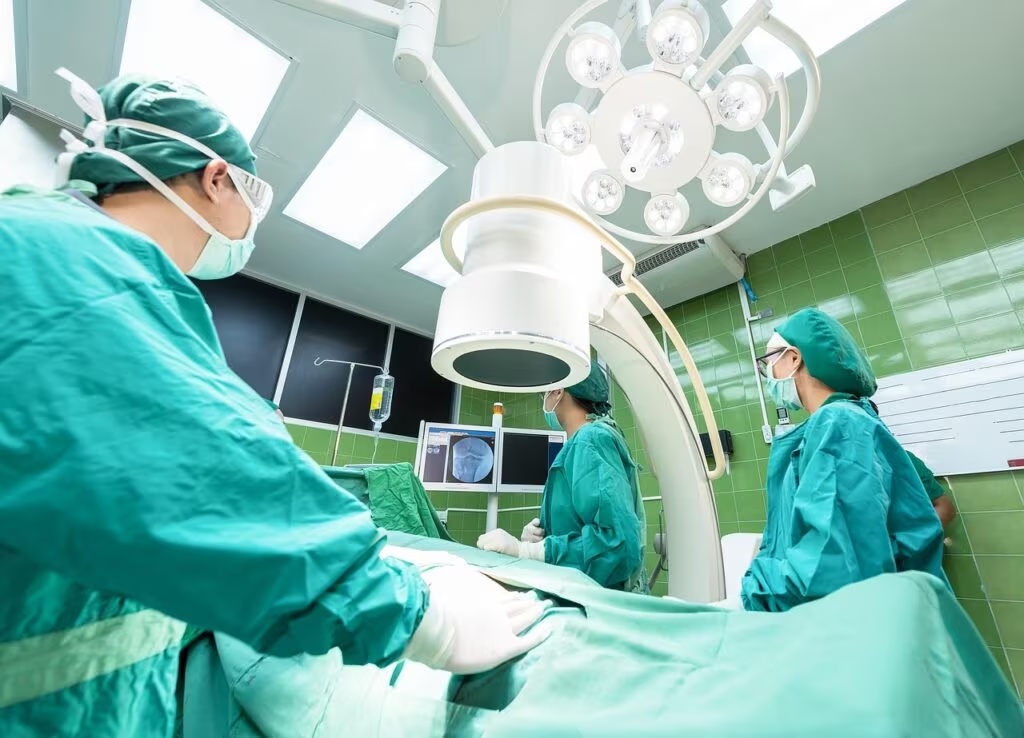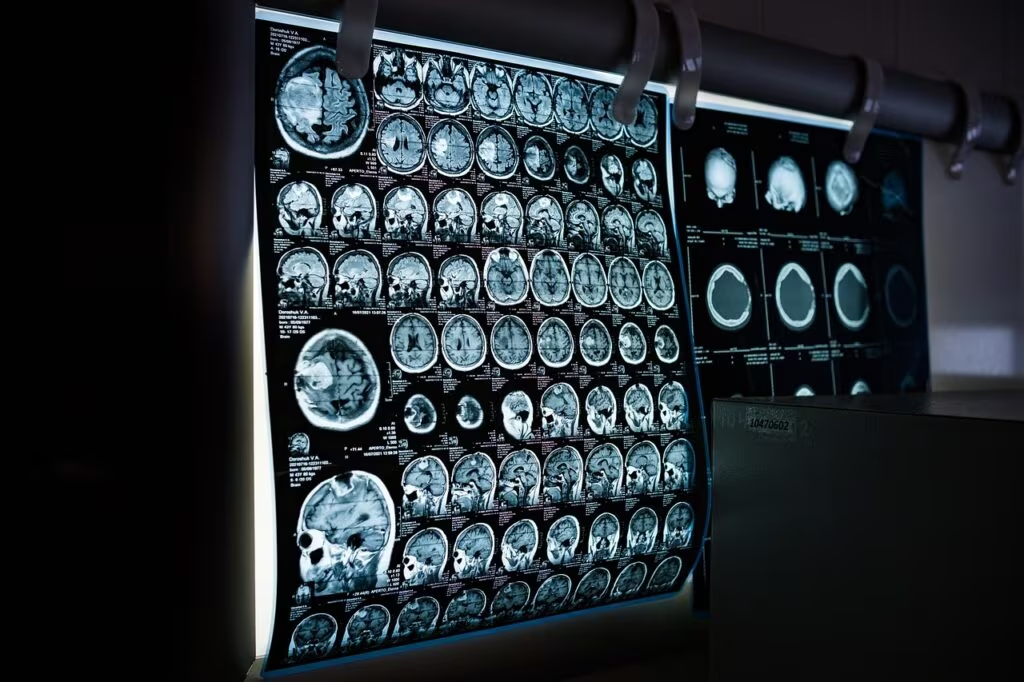Advancing Lung Cancer Detection: St. Joseph Hospital Acquires Ion Endoluminal System
In a significant upgrade to regional healthcare technology, Providence St. Joseph Hospital Eureka has announced the implementation of the Ion Endoluminal System, a cutting-edge robotic-assisted platform designed to perform highly precise lung biopsies. This acquisition marks a major step forward in the detection and diagnosis of lung cancer for residents of Humboldt County and the surrounding Northern California region.
Timed strategically with Lung Cancer Awareness Month (November 2025), the new system allows physicians to navigate deep into the peripheral areas of the lung, reaching small, often hard-to-access nodules that were previously difficult or impossible to biopsy using traditional methods. This enhanced precision is critical for diagnosing lung cancer in its earliest, most treatable stages.
The Technology: How Robotic Bronchoscopy Works
The Ion Endoluminal System represents the next generation of minimally invasive diagnostic tools. Unlike conventional bronchoscopy, which relies on flexible tubes with limited maneuverability in the outer lung, the Ion system provides unparalleled control and stability.

The core of the Ion system is an ultra-thin, highly maneuverable catheter that can be steered by the physician using a joystick-like controller. This technology addresses a long-standing challenge in pulmonary medicine: accessing the peripheral lung, where most early-stage lung cancers originate.
Key features of the Ion system include:
- Shape-Sensing Technology: The system uses fiber optics to provide real-time, three-dimensional mapping of the catheter’s location throughout the procedure, ensuring the physician knows exactly where the biopsy tool is relative to the target nodule.
- CT-Guided Navigation: The procedure utilizes pre-operative CT scans to create a customized pathway, guiding the robotic catheter through the lung’s intricate bronchial tree.
- Enhanced Stability: The robotic platform minimizes hand tremor and allows the catheter to remain locked in place once the target is reached, ensuring a stable platform for tissue sampling.
This stability and precision significantly increase the diagnostic yield—the likelihood of obtaining a usable tissue sample—which is crucial for avoiding repeat procedures and accelerating the time to diagnosis and treatment planning.
Why This Matters for Lung Cancer Patients
Lung cancer remains the leading cause of cancer death globally, largely because it is often diagnosed late. Early detection is paramount, and the ability to accurately biopsy small nodules is a game-changer.
Traditional methods for lung biopsy often involve either a transthoracic needle biopsy (TTNB), which carries risks of pneumothorax (collapsed lung), or conventional bronchoscopy, which struggles to reach nodules smaller than 20 millimeters or those located far from the main airways.
“The ability to reach these smaller, more peripheral nodules with such high accuracy means we can diagnose lung cancer earlier than ever before,” stated a representative from Providence St. Joseph Hospital. “This technology offers our patients a less invasive option with potentially life-saving results.”
Minimally Invasive Approach
The robotic bronchoscopy procedure is performed under general anesthesia, but because it is minimally invasive, patients typically experience shorter recovery times compared to surgical biopsies. The ability to confirm malignancy quickly allows oncologists and thoracic surgeons to begin treatment planning sooner, which is a critical factor in improving patient outcomes.

Regional Impact and Access to Advanced Care
The implementation of the Ion Endoluminal System positions St. Joseph Hospital Eureka as a regional leader in advanced pulmonary diagnostics. For residents of Humboldt County, this means access to world-class technology without the need to travel long distances to major metropolitan centers.
This investment aligns with broader trends in healthcare, where robotic technology is increasingly used to enhance the precision and safety of complex procedures across various specialties, including surgery, cardiology, and now, pulmonology.
Training and Expertise
The successful deployment of the Ion system requires specialized training. Physicians and support staff at St. Joseph Hospital have undergone rigorous training to master the robotic platform, ensuring that the expertise necessary to operate this advanced technology is readily available to the community.
This commitment to advanced training and technology underscores the hospital’s dedication to providing comprehensive, high-quality cancer care locally.
Key Takeaways for Patients and Families
This new robotic capability offers several distinct advantages for individuals requiring lung nodule evaluation:
- Earlier Diagnosis: Increased ability to successfully biopsy small, early-stage tumors in the peripheral lung.
- Higher Accuracy: Shape-sensing technology ensures precise targeting, maximizing the chance of obtaining a definitive diagnosis on the first attempt.
- Minimally Invasive: The procedure is less invasive than surgical options, leading to potentially faster recovery.
- Local Access: Residents of Humboldt County no longer need to travel outside the region for this state-of-the-art diagnostic procedure.

Conclusion
The arrival of the Ion Endoluminal System at Providence St. Joseph Hospital Eureka is a pivotal moment for lung cancer care in the region. By combining robotic precision with minimally invasive techniques, the hospital is setting a new standard for diagnostic accuracy, ultimately offering patients the best chance for early intervention and successful treatment outcomes. This technology ensures that the local community has immediate access to the most advanced tools available in the fight against lung cancer.
Original author: LoCO Staff
Originally published: November 24, 2025
Editorial note: Our team reviewed and enhanced this coverage with AI-assisted tools and human editing to add helpful context while preserving verified facts and quotations from the original source.
We encourage you to consult the publisher above for the complete report and to reach out if you spot inaccuracies or compliance concerns.

